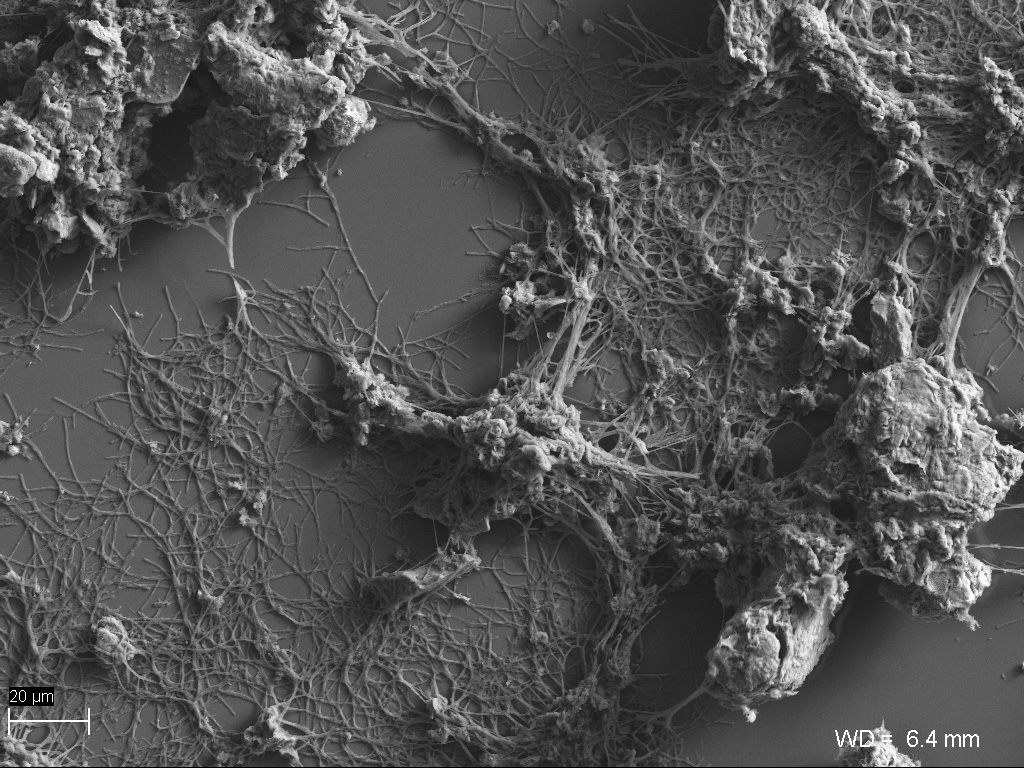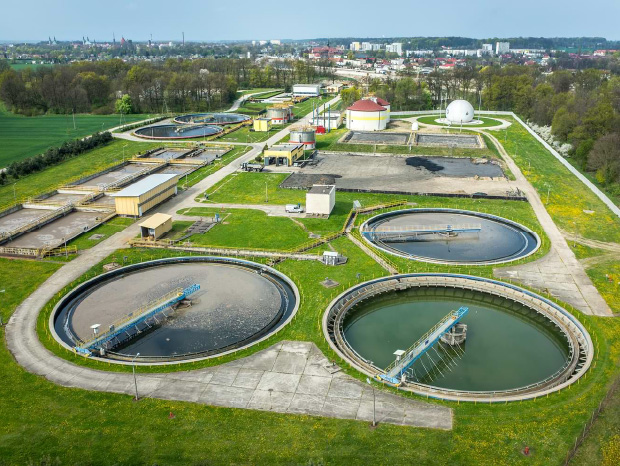Improving the sedimentation of sludge in SBR reactors
DuoBent | Fast and Convenient Solution for SBR-Type Wastewater Treatment Plants
Sequential Batch Reactors (SBRs) allow for flexible regulation of individual phases of the cycle depending on current operational needs. However, periodic issues with sludge sedimentation can disrupt the wastewater treatment process. Hindered sedimentation can be caused by factors such as filamentous bulking or the inflow of a high pollutant load in the wastewater. Moreover, in tourist areas or places with extensive gastronomy and hotels, wastewater rich in fatty substances and surfactants may occur, which will additionally generate foam and scum on the surface. This also applies to emergency situations such as breakdowns, biomass escape, flow capacity restrictions, upgrades, or increased inflow of rainwater.
In such situations, there is a need for immediate or periodically ongoing efforts to improve sludge sedimentation. The ideal solution for operators is the DuoBent preparation, which can shorten the sedimentation cycle to as little as 20-30 minutes. This allows us to shorten the entire individual cycle or just the sedimentation phase, thereby extending the aeration phase to improve the nitrification process.
This is extremely important from the perspective of wastewater treatment plants that periodically face overloads of pollutant loads in incoming sewage.
We provide technological support as part of our collaboration
Feel free to contact us.
Learn more

Limiting the bacterial population of radiotrophic bacteria

Startup and Operation of the DuoFlow Mixer




